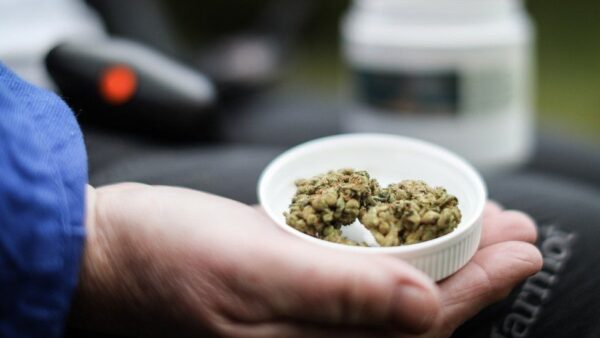Opioid-based medications remain the most common in US clinical practice for the management of acute and chronic pain. While the opioid signalling system includes several endogenous receptors (μ, δ, and κ), most opioid analgesics target the μ opioid receptor (μOR). However, while activation of the μOR can lead to effective relief of acute pain, its effects on mood and the body’s reward circuitry can also result in a high potential for abuse. This strong abuse liability largely underlies the opioid crisis, leading to a steady rise in opioid overdose deaths since 1999. The US opioid epidemic can be categorised into three “waves”.
The first wave was largely associated with deaths caused by prescription opiates; however, as prescription guidelines became more tightly regulated, plant-based opiates such as heroin became more prominent, leading to a further increase in opioid-related deaths. The third wave saw an increase in the use of synthetic opioids such as fentanyl and other related compounds. While such drugs were developed to treat chronic pain due to cancer, they can exhibit extreme potency which, while useful for the sedation of large animals, can present an extraordinary risk to humans.
Currently, naloxone is the only antidote for opiate overdoses and is effective against prescription (morphine and oxycodone) and illegal (heroin) opiates. However, the extremely high binding affinity of fentanyl-class synthetic opioids can represent a significant challenge to this competitive antagonist. Therefore, there is a clinical need for the development of an antidote effective at reversing synthetic opioid overdoses which now cause approximately 80% of opioid overdose deaths. A few studies have identified cannabidiol (CBD) as a candidate negative allosteric modulator (NAM) at the μOR.
The authors of a recent study aimed to assess “whether (−)-CBD was capable of interfering with μOR signalling and performed a structure−activity relationship study that probed this scaffold to determine the minimal pharmacophore.”
Methods of the Study
The researchers used in vitro cAMP assay to identify several CBD analogs that proved to be more potent than the natural cannabinoid and show that these enhance the activity of the μOR antagonist naloxone. Past ligand binding studies have shown that, while naloxone promotes the dissociation of DAMGO, a synthetic μOR agonist, adding (-)-CBD could modulate the opioid receptor via an allosteric mechanism that modulates the dissociation kinetics of orthosteric ligands.
The authors of the current study identified 50 CBD analogs, each of which was coapplied with DAMGO in a Pink Flamindo assay. (-)-CBD appeared to reduce DAMGO-induced signalling by ~53%. Fifteen of the most promising candidates that also substantially attenuated DAMGO-induced μOR signalling were selected for further examination against fentanyl, alongside (-)-CBD.
Findings of the Study
Key findings included: (1) μOR-mediated cAMP inhibition induced by fentanyl was reversed by (-)-CBD; (2) CBD analogs inhibit μOR-mediated effects in cAMP accumulation, in the presence of fentanyl; (3) naloxone inhibits μOR-mediated cAMP accumulation, when coapplied with fentanyl; (4) co-application of naloxone and CBD analogs synergistically reverse fentanyl-induced cAMP inhibition.
To rationalise the structural basis for variations in the activity in the CBD analogs, the researchers compared their propensity to interact favourably with allosteric sites found in the active and inactive conformations of μOR. Across the collection of 15 experimentally characterised CBD analogs, the researchers found that the difference in the predicted binding energy in active and inactive conformations to be statistically correlated with log IC50 values.
These observations suggest that the most potent compounds bind a secondary allosteric pocket and stabilise the inactive conformation relative to the active conformation. This selective stabilisation of the inactive conformation of the allosteric pocket could potentially shift the conformational equilibrium of μ-Opioid Receptor toward its inactive conformation regardless of the occupancy of the orthosteric site. The researchers note that this proposed coupling between binding and inactivation could therefore lower the effective binding affinity of agonists without any direct interactions.
Conclusions
This structure-activity relationship study aimed to assess whether synthetic CBD analogs were capable of interfering with μOR signalling. With cAMP assay testing, the researchers identified structural alterations to the (-)-CBD scaffold that enhanced its potency. Docking investigations suggest that this enhanced potency arises from modifications that heighten the selective binding of these compounds to the opioid-bound inactive conformation.
The current study highlights how “this emerging understanding of the role that structural modifications to the CBD scaffold play in allosteric modulation, along with further elucidation of the allosteric site at the μOR, will pave the way for developing a novel class of compounds that noncompetitively curb opioid signalling.” This novel strategy may offer therapeutic advantages over currently available competitive antagonists in the future, however, in-human trials would be required to determine this.








